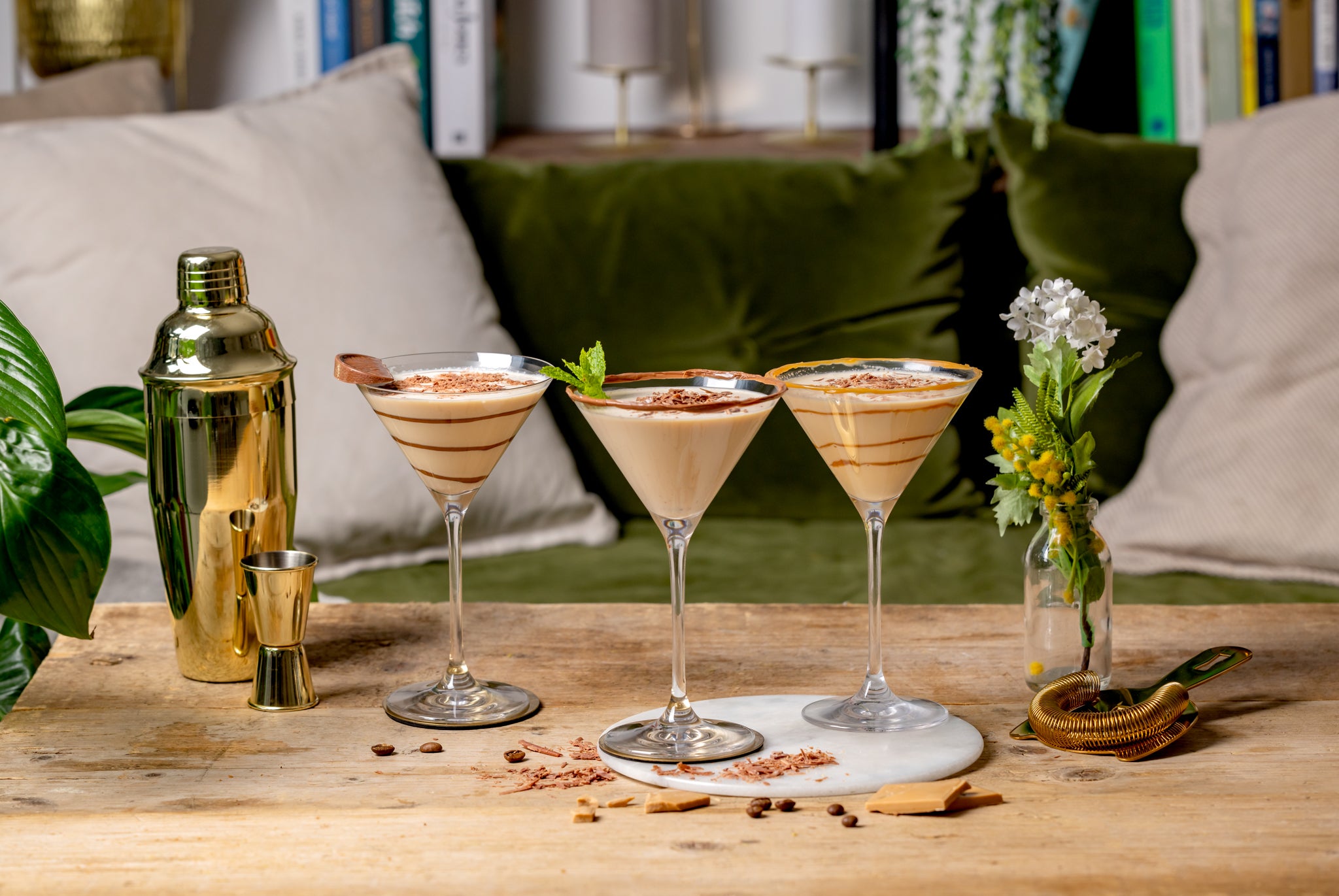What is self-care shopping? Study reveals the age group most likely to treat themselves
A poll of 2,000 adults found the demographic most likely to splash the cash on treats and pamper products

Your support helps us to tell the story
From reproductive rights to climate change to Big Tech, The Independent is on the ground when the story is developing. Whether it's investigating the financials of Elon Musk's pro-Trump PAC or producing our latest documentary, 'The A Word', which shines a light on the American women fighting for reproductive rights, we know how important it is to parse out the facts from the messaging.
At such a critical moment in US history, we need reporters on the ground. Your donation allows us to keep sending journalists to speak to both sides of the story.
The Independent is trusted by Americans across the entire political spectrum. And unlike many other quality news outlets, we choose not to lock Americans out of our reporting and analysis with paywalls. We believe quality journalism should be available to everyone, paid for by those who can afford it.
Your support makes all the difference.Adults aged 18 to 24 treat themselves more regularly than any other age group - and four in 10 put it down to a desire for self-care.
A poll of 2,000 adults found those in this age group will go out of their way to look after themselves with small goods like chocolate and self-care pamper products like facemasks as often as 51 times a year.
This demographic also splashes out the most amount of money on treats – £681 a year in total – suggesting a quantity and quality approach.
In contrast, those aged 55 to 64 treat themselves the least – a comparatively low 30 times annually, while also spending the lowest amount, £284.
Commissioned by Baileys, the study found 17 per cent of all those polled don’t think they treat themselves often enough.
Although 11 per cent believe they turn to little pick-me-ups a little too often.
Regardless, 52 per cent think they should make more effort when it comes to treating themselves – perhaps putting more thought into how they do so.
The most common reasons or justifications for doing so are having a good day (41 per cent), self-care (37 per cent), and having a bad day (26 per cent).
Chocolates, meals out, and books are the top go-to treats for oneself, with their favourite cocktail, scented candles, and spa treatments also popular.
So are flowers, make-up, and takeaways - along with fancy coffee, jewellery, and cakes.
And they appear to have the desired effect – 57 per cent said they feel better about themselves after purchasing pick-me-ups.
More specifically, 39 per cent said they tend to feel happy, while 14 per cent feel excited - however, seven per cent feel guilty.
This might be a factor in their inclination to spend money on others – something 95 per cent of those polled said they do.
People aged 18 to 24 are most inclined to share the love – buying 47 treats for others annually, which is 11 more than the average adult.
And with their outlay £555, the study carried out through OnePoll found they also spend the highest amount – £198 more than the average overall.
Motivations for wanting to spend money on others in this way include wanting to brighten their day (60 per cent) and wanting to show someone they’re thinking of them (53 per cent).



Join our commenting forum
Join thought-provoking conversations, follow other Independent readers and see their replies
Comments